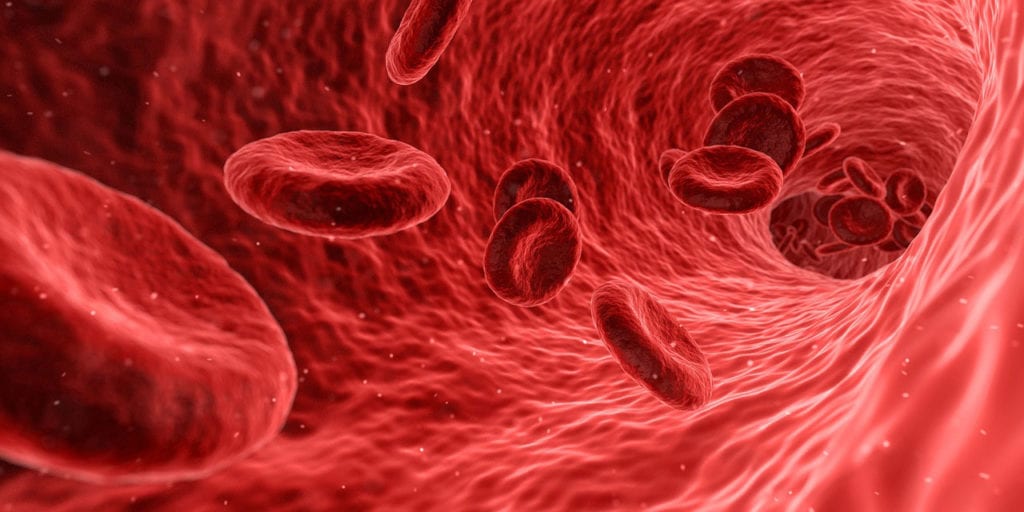Up until now, diagnosing ovarian cancer hasn’t been so easy. Most of the time, it goes undiagnosed until it’s already advanced. At that point, treatment is harder and less reliable. Around 25% of patients will survive five or more years after the diagnosis.
Every now and then, by some good fortune, the cancer is detected in an early stage. Those women have a higher chance of survival. Unfortunately, the FDA still hasn’t approved a screening method to help find these early stage cancers, either in people who know they carry a greater genetic risk or in the population at large.
Ovarian cancer is far less common than other gynecological conditions. It’s a cancer that forms on an ovaries. There are different types of tumors, but the vast majority occur in the epithelium. To learn more about this rare form of cancer, click here.
So far, searching for it through ultrasounds or the presence of the CA125 protein are fallible– both can produce false positives. Researchers at Brigham and Women’s Hospital and Dana-Farber Cancer Institute wanted to develop a test that was more sensitive, that could really make a big impact on finding the cancers before the treatment is difficult.
They enlisted the help of AI on their mission. They found a network of tiny pieces of genetic material, microRNAs, which was linked with ovarian cancer list. The best part is, all they need is a blood sample to detect them.
MicroRNAs don’t code for proteins like DNA does– rather, they edit. They help decide if its the right time or place to turn genes on or off. They’re also unique from other parts of genetic code, because they actually travel throughout the blood.
The researchers took blood samples from 135 patients who had not yet received chemotherapy or surgery, and ran the samples through a system. They programmed the computers to look for differences– how was the microRNA in patients with cancer different than patients with benign tumors? What about the microRNA in health tissues? Finding the microRNA differences is the harder part, because once the computer knows it, it knows it. It becomes easy to pick out the different patterns once they’ve seen it.
The researchers repeated this study with different groups of people, to make sure the results would stand up. The trials confirmed it; this technique was a massive improvement. The ultrasound picked up ovarian cancer about 5% of the time; the blood test was basically accurate 100%. The network of microRNAs associated with ovarian cancer decreased after the cancer was effectively treated.
The researchers need to understand a few things a little better, such as how the microRNA changes as the cancer progresses. For now, it seems like we’re on the brink of having the first, effective, easy test to detect ovarian cancer early on.







